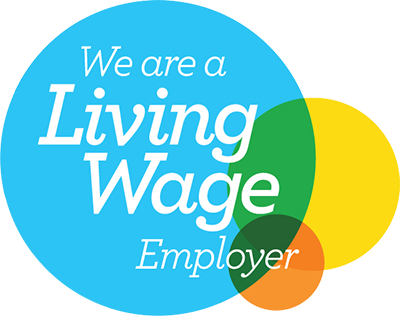

How well is your procurement function performing? How do you know?
When was the last time you did some procurement benchmarking?
Today’s businesses understand that the basis for competition isn’t just between individual organisations, but also between their supply networks.
The best supply networks are reliant on integrated business models, built on effective relationships and value creation – and procurement is the main interface between an organisation and its suppliers.
Every organisation aims to maintain a supply base that works efficiently and contributes to its success. Benchmarking its own procurement function against ‘best in class’ procurement is an essential part of this process.
In this post, we explore procurement benchmarking, looking at what it is, what the benefits and challenges are, and how you can implement it in your organisation.
What is Procurement Benchmarking?
Benchmarking is a process of comparing the performance of a procurement function with that of its best competitor or the best organisation in its industry.
Effective procurement benchmarking does not only look at superior performance – it examines how it is achieved. This information is then used to establish the procurement function’s performance targets and action plans.
What are the Benefits?
There are various benefits to procurement benchmarking, including:
- Highlighting the difference between actual performance vs best in class (through gap analysis)
- Providing a source of business and functional intelligence
- Setting a measurable goal to work towards
- Motivating the procurement function to develop and improve performance
- Providing an opportunity to integrate best practice into current ways of working
- Helping to overcome resistance or inertia to change
- Enhancing employee and functional knowledge base
What are the Problems With Procurement Benchmarking?
There are some challenges associated with benchmarking, including:
- Benchmarking is a usually a comparison of a snapshot in time, so it is important for benchmarking to be a routine and regular activity.
- It is resource heavy and time consuming, and should not be started without sufficient resources.
- Best in class may not be the benchmark to aim for because it could be too expensive. The process itself may be demotivating, especially if the gap is substantial.
- Access to information and the unwillingness of other organisations to share data.
- Not comparing like for like processes, systems or procedures.
- Like for like commercial achievement comparison such as price, costs may be difficult due to other elements such as discounts, rebates etc
How does Benchmarking Your Procurement Function Work?
There are five basic stages in procurement benchmarking. These are plan, analyse, develop, improve, and review.

Stage 1 – Plan: What are we going to benchmark? Every measurable aspect of procurement activity can be benchmarked (e.g. processes, price paid, cost, people, supplier performance).
Stage 2 – Analyse: Who are we going to benchmark against? Identify a best in class organisation , then perform a gap analysis to establish performance differential and establish reasons for the gap and how to close it.
Stage 3 – Develop: Based on the output from stage 2, identify new performance objectives, standards and processes. A key outcome of this stage is to have action plans that either match or surpass the performance of the ‘best in class’ organisation.
Stage 4 – Enhance: Implement and integrate the action plans developed in stage 3to form the basis of new procurement ways of working.
Stage 5 – Monitor: Monitor improvements and results via a reporting system that communicates progress towards benchmarking goals.
Technology can greatly enhance how procurement interacts and manages the supply base.
The benchmarking process is crucial to establishing if the procurement function is performing as it should do. Without external comparisons, an organisation might not recognise what good practice looks like or what other procurement functions are doing. Benchmarking should be a tool or practice used to drive continual improvement.
A procurement function cannot be leading if it does not have visibility of what good practice looks like!
Procurement Benchmarking Support from Gateway Procurement
At Gateway Procurement, we help businesses and organisations across the UK to obtain best value through procurement.
If you need specialist advice on benchmarking, or support with any aspect of procurement, our team of experts is here to help.
Get in touch with Gateway Procurement today on 01482645844, or by emailing daniel@gatewayprocurement.co.uk.








